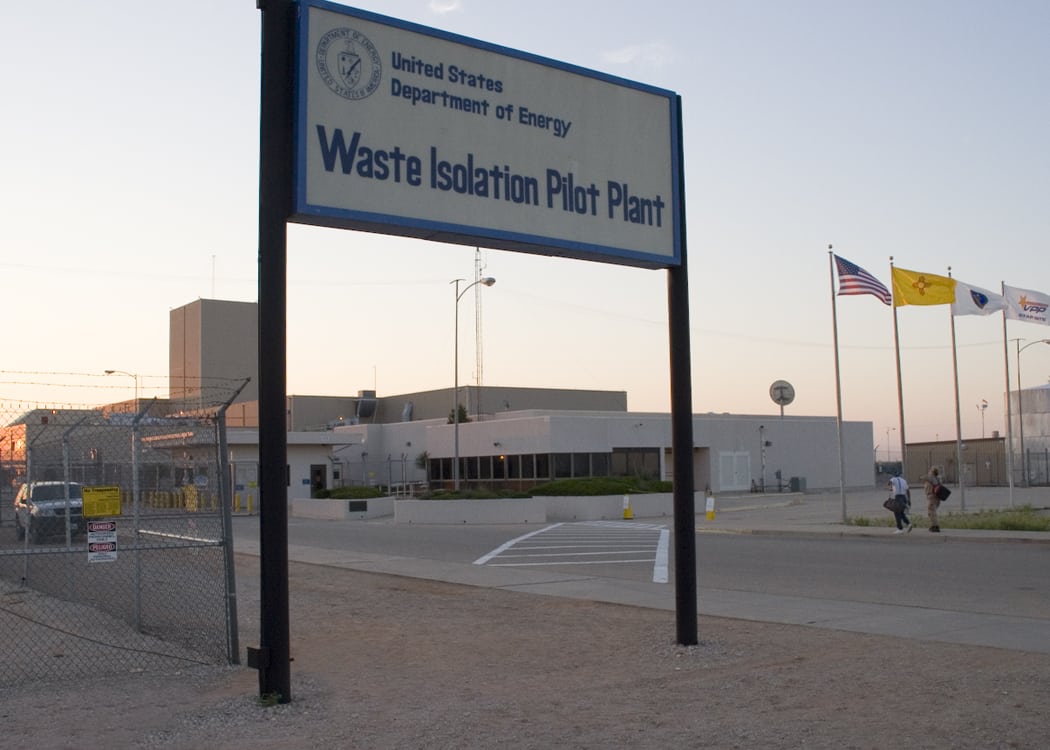
Weapons Complex Monitor Vol. 28 No. 24
Visit Archives | Return to Issue PDF
Visit Archives | Return to Issue PDF
Weapons Complex Monitor
Article 1 of 11
June 16, 2017
DOE Budget Plan Doubles Funding for WIPP Ventilation

The Department of Energy intends to more than double funding in fiscal 2018 for work on the new permanent ventilation system at the Waste Isolation Pilot Plant in New Mexico, according to the detailed budget justification released this week for DOE’s Office of…
Partner Content